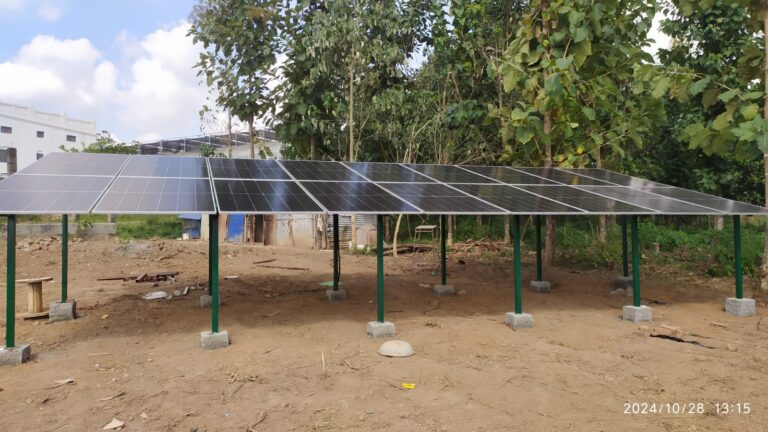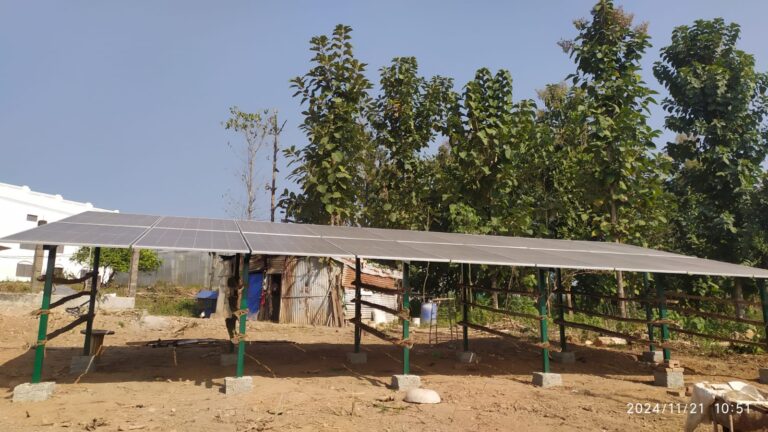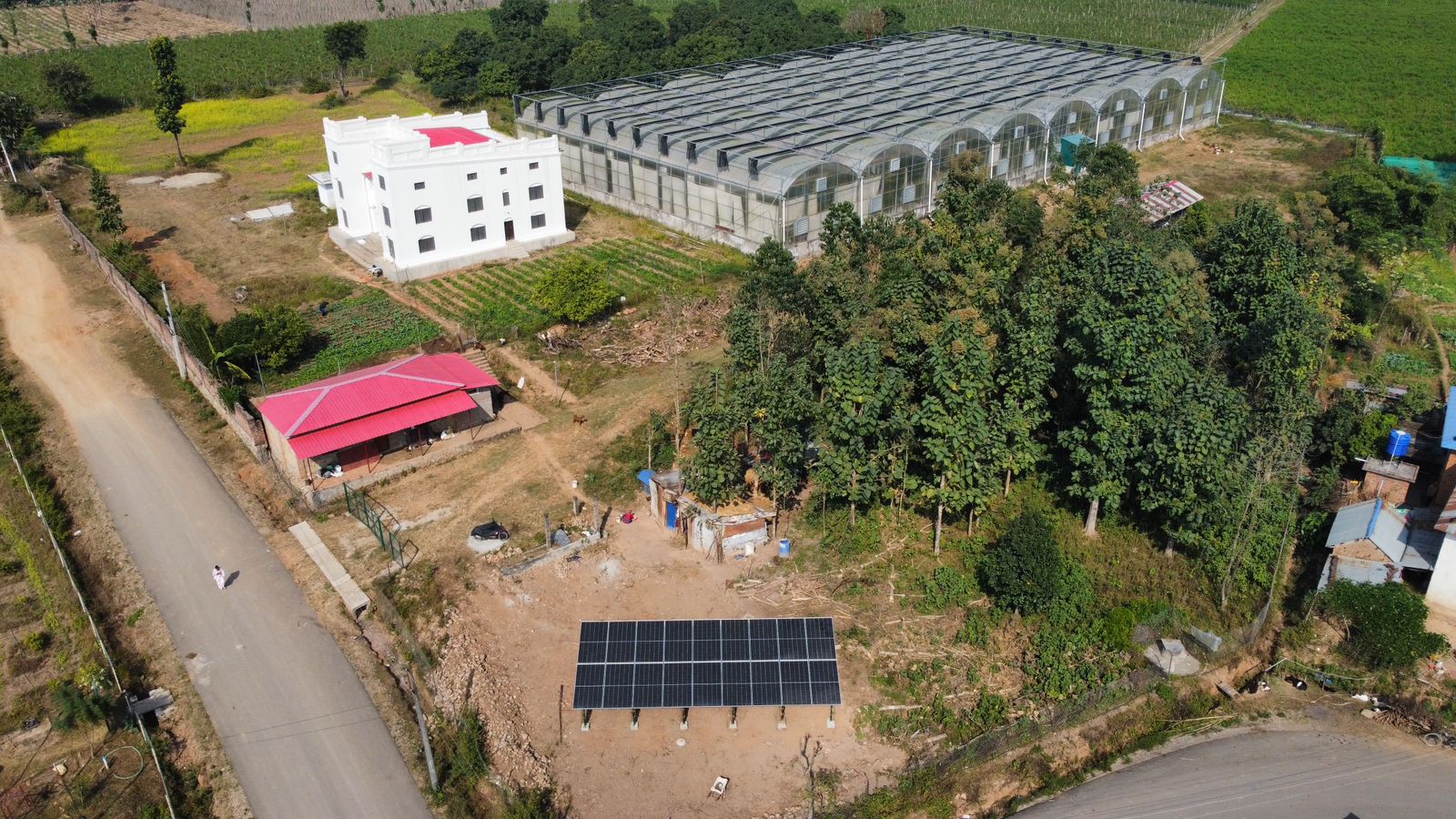Khagraj Krishi Udyog located in Ghorahi, Dang Valley, is a first-of-its-kind greenhouse producing colored capsicums (bell peppers) in Nepal. By employing a state-of-the-art climate-controlled facility that leverages technology for improved operations and efficiency, Khagraj Krishi has not only been able to deliver good taste and freshness, but has also introduced an innovative way of farming in the country. The business is not only advancing agricultural practices in Nepal, but also making significant strides towards sustainability and circularity in its operations.

Innovative Farming with State-of-the-Art Technology
Founded by Pranab Raj Lohani, Khagraj Krishi Udhyog derives its name from the founder’s grandfather, who was a pioneer in the field of farming himself. However, Pranab knew that the traditional ways of farming used by his grandfather would no longer be viable – seeing how they were labor, cost, and resource-intensive.
Pranab’s vision – an agriculturally self-reliant Nepal – demanded new-age technologies and an innovative way of farming. While the country’s agriculture sector has not witnessed any significant improvement over the last five decades, the technology-enabled efficiencies seemed promising and achievable.
By introducing the concept of a climate-controlled greenhouse, Khagraj Krishi is able to unlock high yields, optimized use of resources such as water and nutrition, and reduced dependency on chemical pesticides. This innovative approach not only delivers high-quality produce but also sets a new standard for sustainable farming in Nepal.

Challenges and the Move Towards Circular Solutions
A key challenge for Khagraj Krishi Udyog has been the unreliability of electricity in Nepal. The primary equipment in the greenhouse that enables automation, such as the misting machine, irrigation systems, and fans need electricity to maintain a conducive environment for the peppers being grown inside the greenhouse. Frequent power cuts, sometimes lasting up to 8 hours, can lead to extreme temperatures, sometimes as high as 45-degree Celsius, inside the greenhouse, causing “heat stress” to the plants and negatively affecting their health.
Previously, the alternative to dealing with power outages was to use a diesel generator. However, the high upfront cost of diesel generators, combined with their negative environmental impact, made them an unsuitable solution. The use of fossil fuels would increase the company’s carbon footprint, which contradicts its commitment to eco-friendly practices.

Adopting Solar Energy for a Sustainable Future
To address these challenges, Khagraj Krishi Udyog is banking on the use of solar panels. Solar panels are a much more elegant solution that not only ensures a reliable power supply for the greenhouse but also aligns with the company’s ethos of sustainability. The solar panels provide clean, renewable energy, reducing the need for fossil fuels and cutting down on carbon emissions.
Moreover, any excess power generated by the solar panels is fed into Nepal’s national electricity grid. This surplus electricity can either be sold domestically or exported to neighboring countries
like India and Bangladesh, where power is still largely generated from coal-fired plants. For example, as of 2023, India generated about 70%-75% of its electricity from coal-fired plants and Bangladesh generated 30%-35%. This creates a circular solution by replacing fossil fuel energy with renewable solar power, contributing to a reduction in global carbon emissions.
Impact on the Environment
The integration of solar energy into Khagraj Krishi Udyog’s operations exemplifies a circular approach to solving energy-related challenges. By reducing reliance on fossil fuels and promoting the use of renewable energy, the company is not only enhancing its own sustainability but also contributing to broader environmental benefits. This approach helps to decrease the overall carbon footprint and supports the transition to cleaner energy sources.

